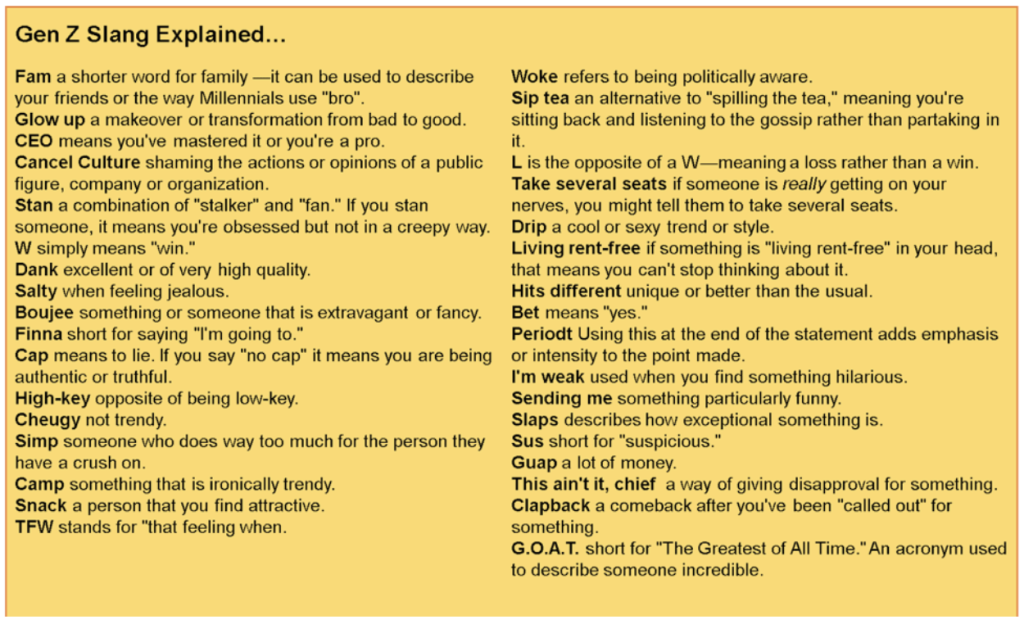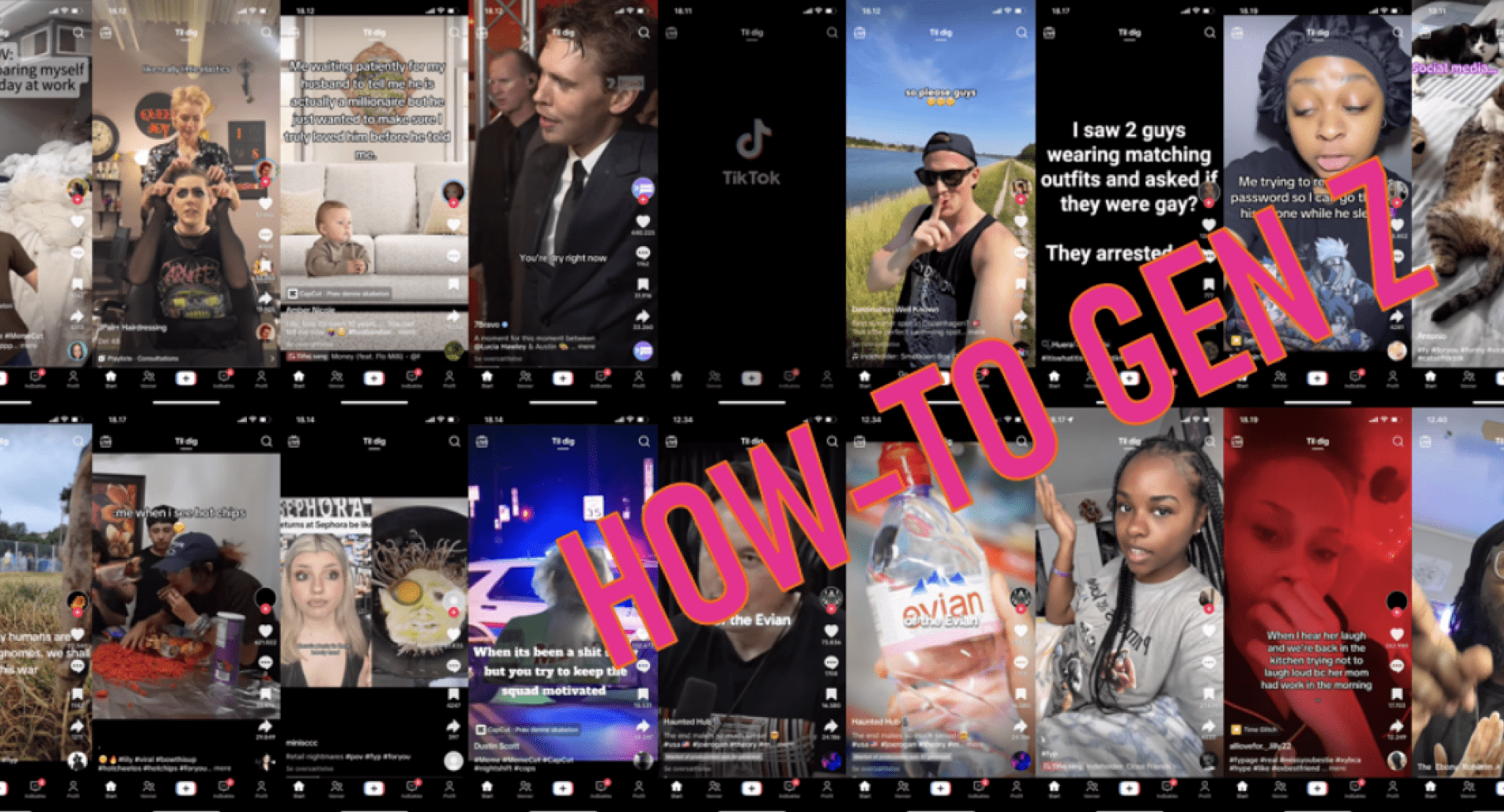As a Millennial, my attempt at adapting to and understanding Gen Z has been limited to buying three pairs of over-the-ankle socks and a few too many lip oils.
My curiosity was piqued, however, when I listened to Jiaona Zhang, CPO at Linktree, share her insights on how to build for Gen Z at this year’s Config.
If you are like me and want to understand these digital native Zoomers who do not remember a day without smartphones, social media, and TikTok trends, keep reading. Because, it would benefit everyone if we knew how to design products, UX, and services that resonate with this tech-savvy, trendsetting demographic.
Be forewarned, It will require a bit of finesse, a trickle of satirical humor, and a whole lot of unpolished and personal touches to put your new knowledge to use.
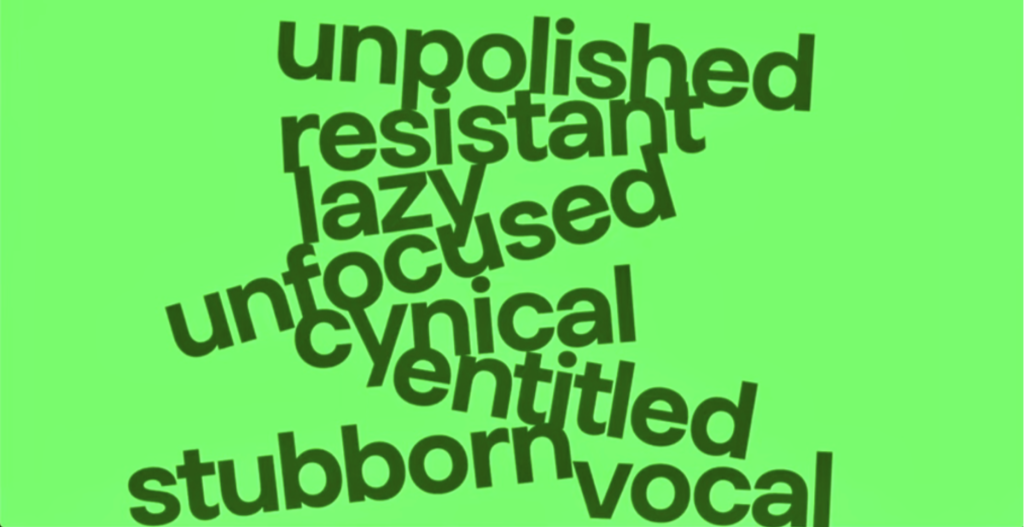
Gen Zs: Unpolished or Just Genuine?
Gen Zs are often described as stubborn, resistant, vocal, cynical, averted to hard labor, and generally unfocused.
We should challenge these critical adjectives and try to understand what is actually behind these unattractive labels. Maybe we really don’t understand how it is to be young anymore. But let’s try, shall we…
Gen Z Spoon-Fed Text Explainer
Gen Zs were born between 1997 and 2015 (approximately) and they are the first generation to come of age in a world that is defined by hyper-connectivity, hyper-stimulation, and hyper-personalization. Viewing multiple screens simultaneously, and sometimes even split or stitched screens. Which helps make content more digestible for the hyperactive mind.
For example, having a calming video of a person crafting or surfing in the background or on the split screen, can help the overstimulated brain rest and focus on the actual intended content.
Gen Zs grew up with auto-save, auto-update, and auto-optimization. They generally expect technology to have their back and endlessly meet their needs (no save button for this bunch).
Though Gen Zs Believe in technology with a big ‘B’, they do not trust it. Gen Zs understand that platforms optimize for ad revenue, and that is why Zoomers genuinely crave authenticity.
GUIDE: HOW-TO GEN Z
1. Speak Gen Z
As Millenials and Gen Xs, we need to forget Shakespearean soliloquies and run-on sentences. Gen Zs communicate with a unique blend of emojis, evolving slang, and a hefty dose of satirical sarcasm. And though Gen Z does use emojis, their relationship with them is more nuanced than one might think.
Emojis have become a staple in digital communication across generations, but for Gen Z, it’s all about using them in the right context and often with an ironic twist. To capture their attention, you need to get the nuances right and learn how to insert them into your communications with just the right amount of 🙌, 💀, and 💯.
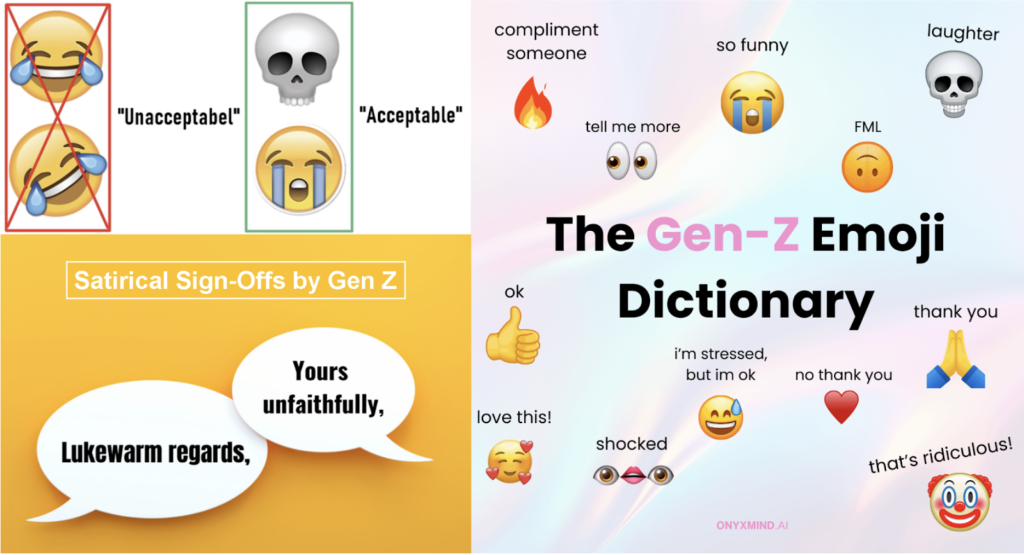
2. Be Authentic & Flexible
If it’s not authentic and flexible, it’s not Gen Z-friendly. No filters, no bull. Just be honest and let them decide when to commit.
Gen Z can smell inauthenticity from a mile away. They crave genuine connections and transparent communications. Show the real you (or your brand) – flaws and all. Embrace the no-filter culture and be prepared to be real. There is a reason that contrived and polished content on TikTok and Instagram has far fewer views and shares.
It is also important to be flexible. This is shown in the amount of Gen Zs that jump ship before completing a long onboarding process.* If multiple steps need to be completed plus personal information given, before testing the product. You will lose potential users and future advocates. You need to give a little to get a little.

TikTok is a good business case for flexibility. Newcomers can try the app and scroll before giving up their anonymity and committing to an account. And no one can argue against TikTok’s popularity and success, despite political rumors.
Another great business case is Duolingo’s TikTok account, demonstrating that they have understood how to craft for Gen Z.. Duolingo frequently posts short ridiculous videos with trending themes and music that feature their mascot, a green owl. This owl “haunts” TikTok users to do their language lessons while never explicitly mentioning what Dualingo is or does. Their mascot just has its own feed and personality. The owl is for instance crushing on Dua Lipa. By having this shareable trending character “doing its thing” instead of preaching about the app. Duolingo pops up on Gen Z’s ‘For You’ page and engages them.

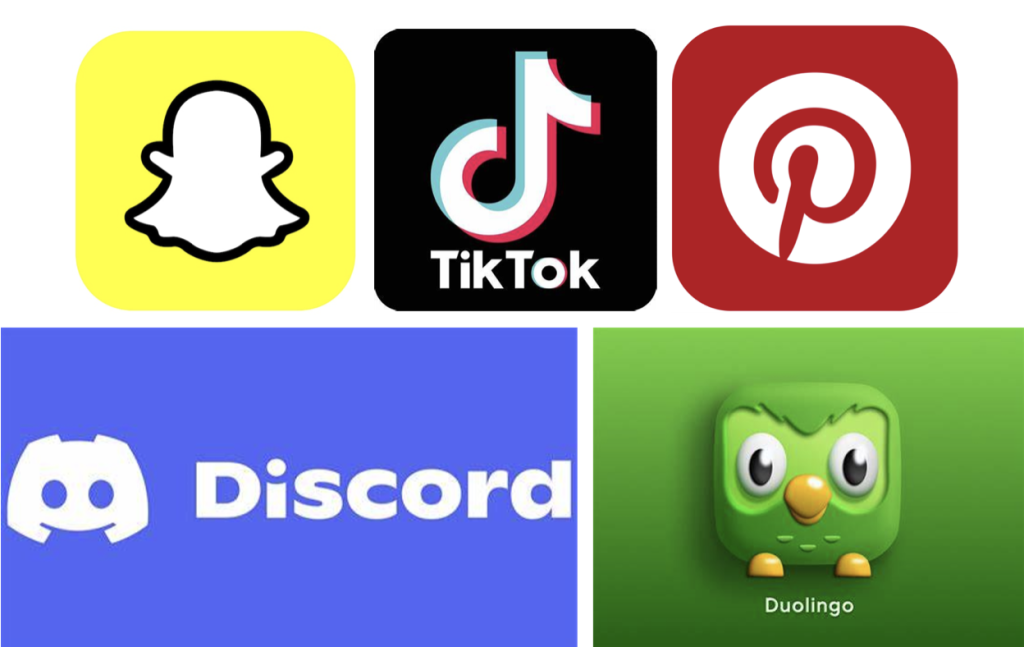
3. Embrace Inclusivity
Gen Z values diversity and inclusivity more than any previous generation. They want to see themselves reflected in the brands they support. This means your designs and products should cater to a wide range of identities and experiences. Representation matters.
Fenty Beauty is a prime example of an inclusive business model. Their marketing approach is extremely Gen Z as it focuses whole-heartedly on “showing, not telling”. They prioritize never mentioning the word “inclusive” in their messaging. After Fenty Beauty launched, headlines described it as “The Fenty Effect”. A call to action for all industries to challenge the status quo. The Fenty Effect, caused a chain reaction in the beauty industry, having brands positively respond by expanding their make-up lines to be more inclusive.
On top of their broad range, Fenty Beauty shares authentic stories that are rooted in culture and are emotionally meaningful to their consumers. And if you didn’t know, Fenty Beauty is doing well with a value of approximately $2.8 billion USD as of 2023.
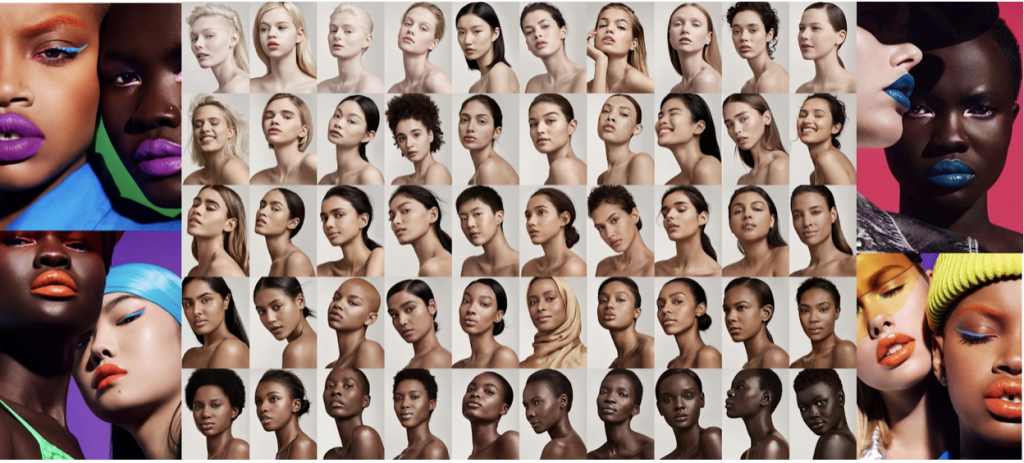
Nike also focuses on inclusivity in their current marketing campaigns. Often featuring athletes of all races, genders, and body types, initiating that sports are or should be for most if not for all. Nike’s “Dream Crazier” campaign is a good example of this. The campaign is narrated by female athletes, such as Serena Williams. Celebrating women in sports and challenging stereotypes plus societal expectations by showcasing the achievements of female athletes.
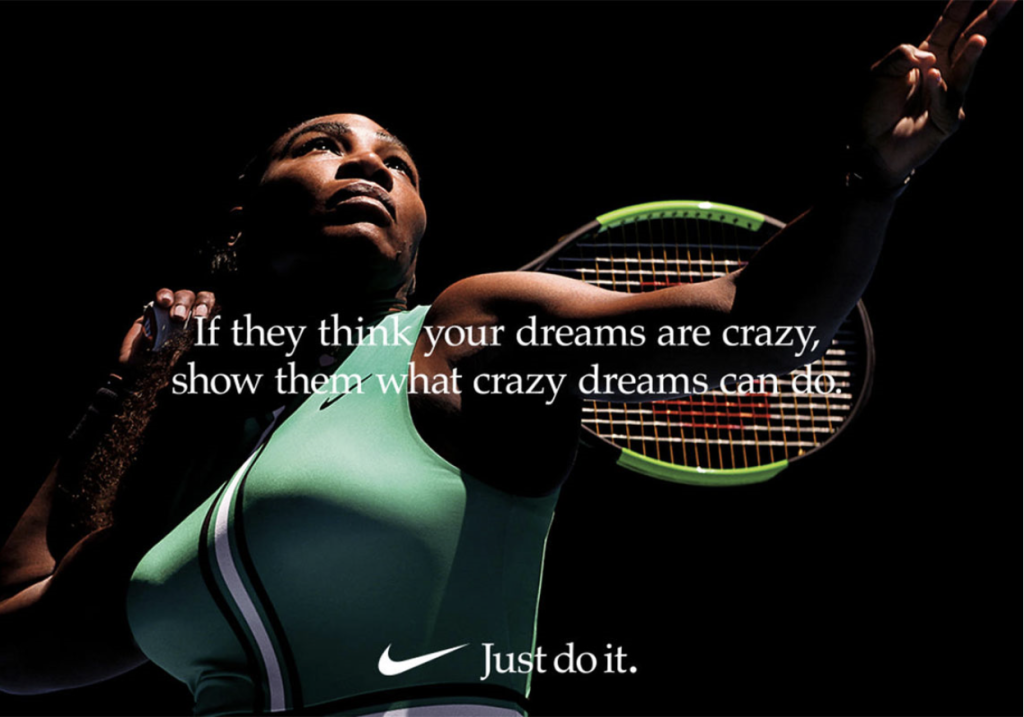
4. Be Sustainable
Gen Z is hyper-aware of environmental issues and greenwashing. They expect brands to share their concern. Sustainable design isn’t just a buzzword; it’s a necessity. Make sure your products are eco-friendly and that you can prove it. Save the planet, one design at a time.
Patagonia’s commitment to sustainability is legendary. Their dedication can be seen through their use of environmentally friendly materials, responsible production practices, and support of environmental causes. They have even run ads encouraging customers to buy less and repair their old gear, emphasizing their dedication to the environment over profit.
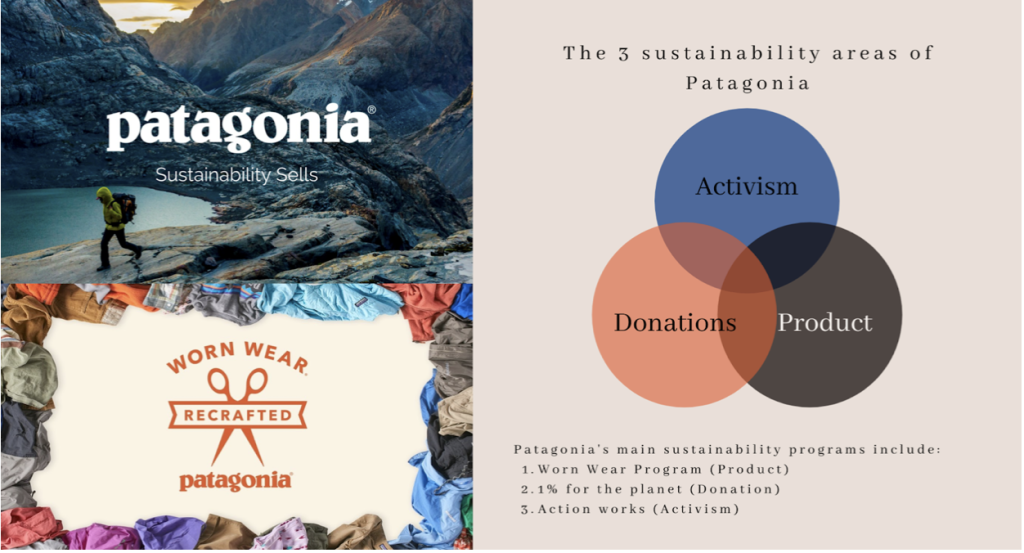
5. Create Shareable Content to Create Community
Creating shareable content that resonates with Gen Z goes beyond just having an aesthetically pleasing product. It involves engaging them directly. Encouraging them to be part of the brand and the design story. You want to create a community around your brand. And I am sorry to inform you, but SoMe Influencers hold less ‘influence’ over the Gen Zs. The Gen Zs know that Influencers benefit from promoting products and that they are therefore biased and less authentic. So one powerful way to create a good community is through user-generated content (UGC) by “real” users to facilitate shareability.
For instance, the brilliance of the GoPro “Be a HERO” campaign lies in the brand actively motivating its users to share captivating images of their adventures, often using the authentic content in its own marketing. This UGC campaign encouraged users to share their GoPro narrative with the tag #GoProHero, providing the brand with exposure and the users with a community plus a medium for expression. It isn’t just about selling GoPro Hero cameras; it’s about building a Hero community.
LEGO is also a prime example of how well-crafted UGC strategies can drive product innovation and community engagement. Using the tag #LEGOIdeas, the brand not only collects user-generated content but also transforms it into genuine marketable products.
The #LEGOIdeas has generated 90.5 million posts on TikTok alone, showcasing massive fan engagement. Each year, LEGO’s team selects ten construction projects proposed and shared by their community members. What makes this process particularly unique is that the selection of projects to be marketed is decided by a vote from users on a dedicated site. This approach ensures that the final products resonate with the fan base and reinforce users’ sense of belonging to the LEGO brand.
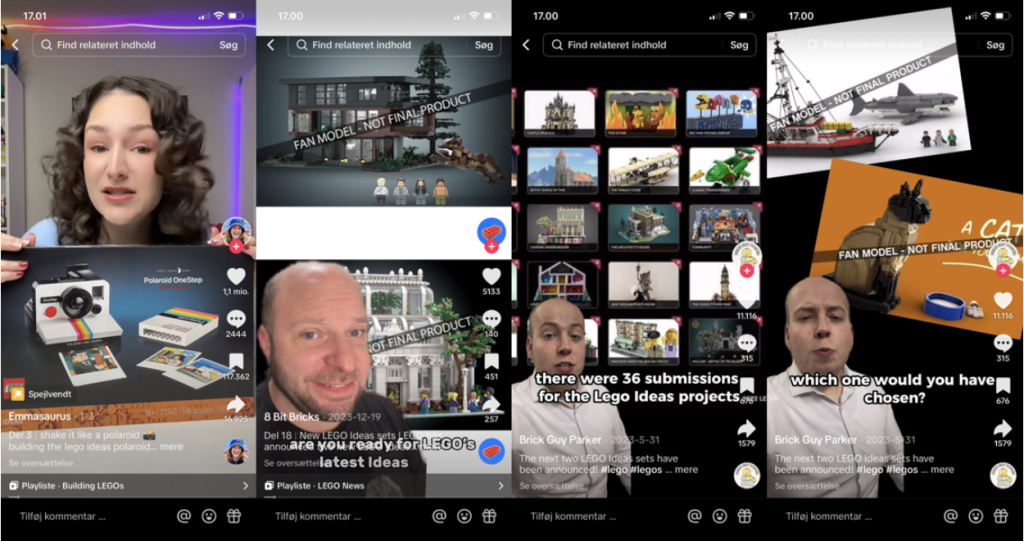
These campaigns not only generate a ton of shareable authentic content but also foster a community where Gen Z feels represented and valued.
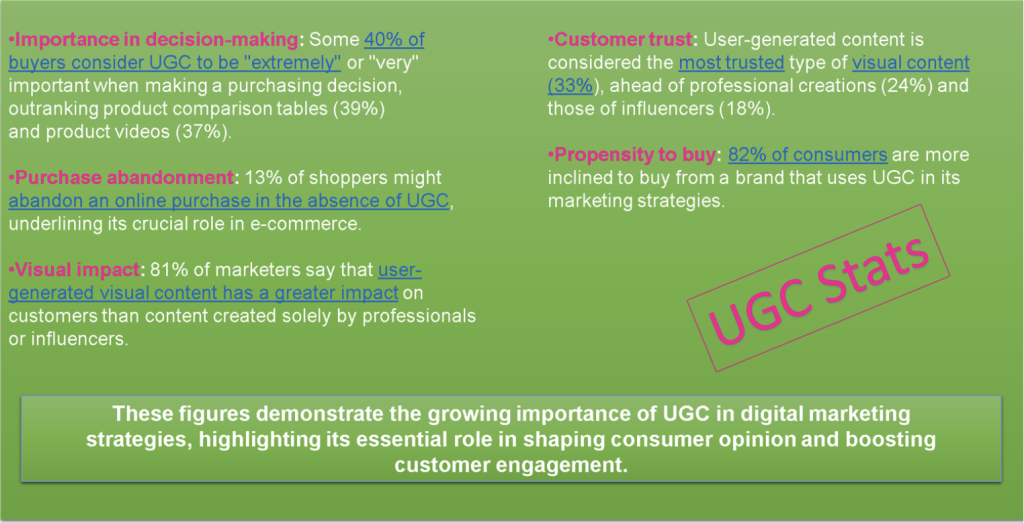
Gen Z Tip: Regularly engage with the content your users are $posting. Like, comment, and share their posts to show appreciation and encourage further participation. Snarky and sarcastic humor can’t go amiss either. Look again to Duolingo and also Ryanair for prime examples of this.

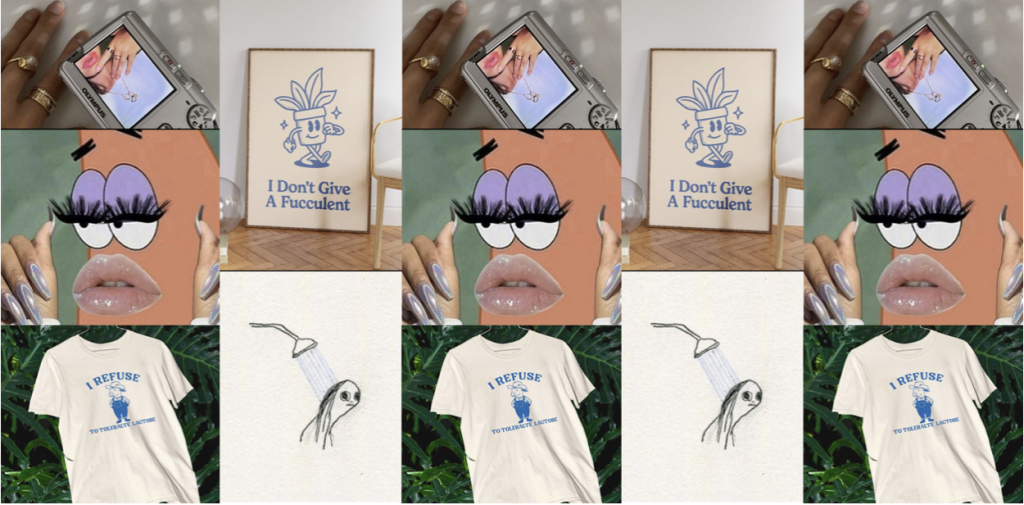
6. Innovate Rapidly & be Tech Intuitive
Stay ahead, trends change at the speed of light. Gen Z is always on the lookout for the next thing. By keeping an eye on trends and being willing to pivot quickly, you can stay ahead of the curve. What’s cool and acceptable today might be passé and unacceptable tomorrow.
This generation lives on their phones, so your digital designs and products need to be optimized for intuitive use, or you will lose them.
Gen Z Tip: Jiaona Zhang Zhang, CPO at Linktree, advises limiting data-validating everything, as you won’t ideate rapidly enough or learn quickly enough to evolve.
Though I am not certain if the Apple AirPods were a rapid innovation, they were definitely a design ahead of the curb. They revolutionized the wireless earbud market with seamless integration with iOS devices, high-quality sound, and a sleek, minimalist design. They quickly dominated the market, becoming a must-have accessory for Gen Z and beyond, contributing significantly to Apple’s revenue.
Fortnite’s developers, Epic Games, created a game that combined the battle royale format with vibrant, cartoonish graphics and regular updates with new content. Fortnite became not just a game but a social hub, attracting over 350 million registered players and generating billions in revenue.

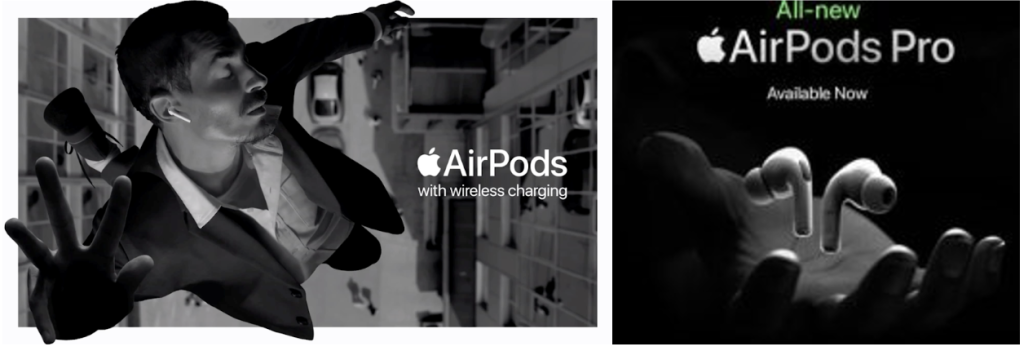
Highlighting the importance of rapid innovation and understanding Gen Z’s unique preferences. By embracing new technologies, fostering community engagement, and continuously adapting to trends. These products and designs have captured the market and also reshaped their respective industries.
What We Learned…
For Gen Z digital designs should be intuitive, and if Gen Z finds the UI usability inclusive and easy, so will others. Immediacy, meaning rapid feedback plus updates is key. Zoomers don’t and won’t wait, they will just zoom on to the next thing and forget your product/service if their needs are unmet. Flexibility and getting to the point allows for play before commitment, as Gen Z will passively find what they want. Let your users try your product and service before much commitment. In other words, let your design speak for itself.
Designing and crafting for Gen Z requires a blend of authenticity, inclusivity, sustainability, and tech-savviness. But fear not, with a little effort and Gen Z collaboration, we can bridge the generational gap and create designs that not only resonate with the digital natives but also stand the test of time.
So, let’s roll up our sleeves, reconnect with Instagram, download TikTok, start our doomscroll research, and get to work. After all, most of us survived dial-up internet and MySpace, we can survive anything PERIODT.
* * *
